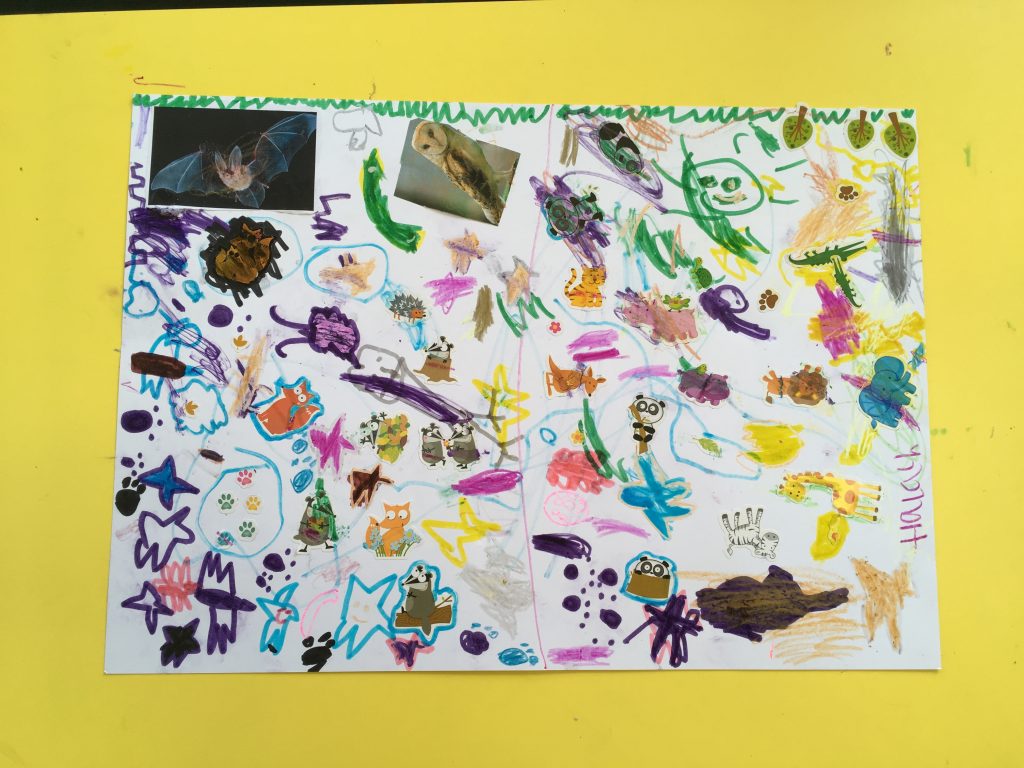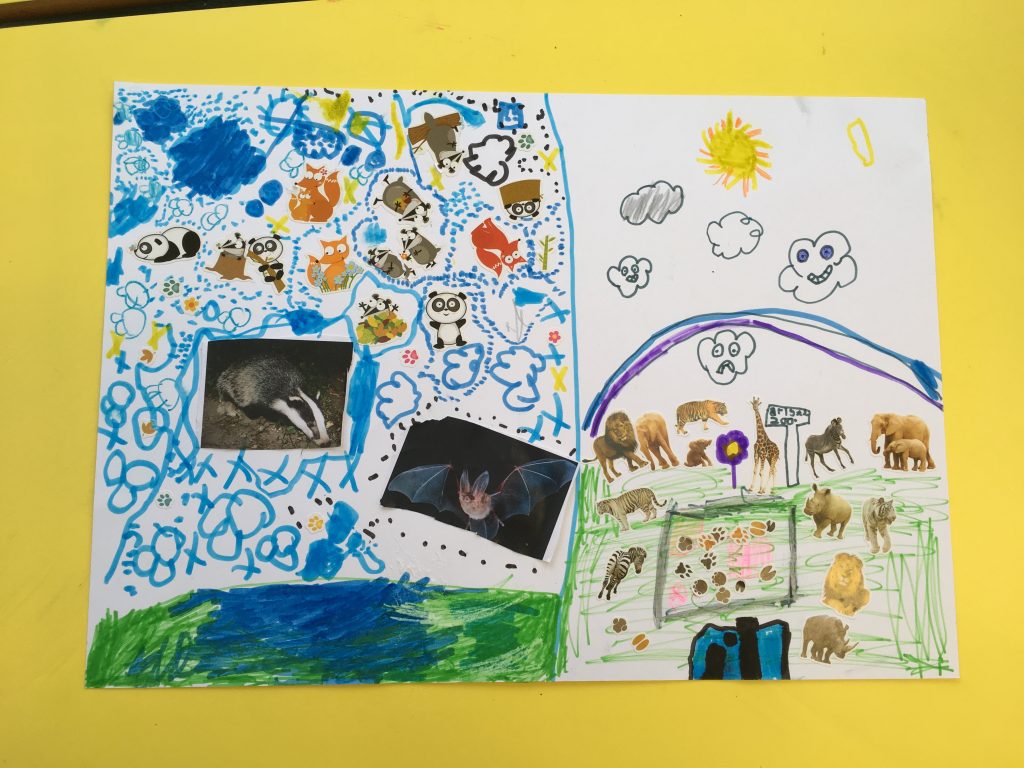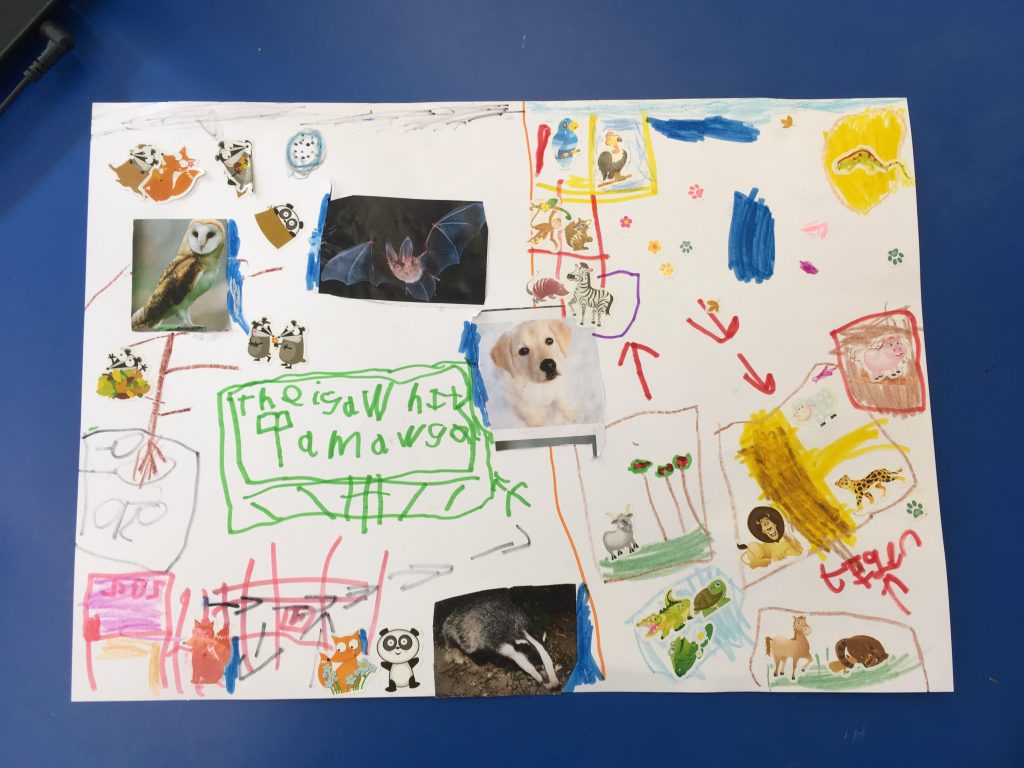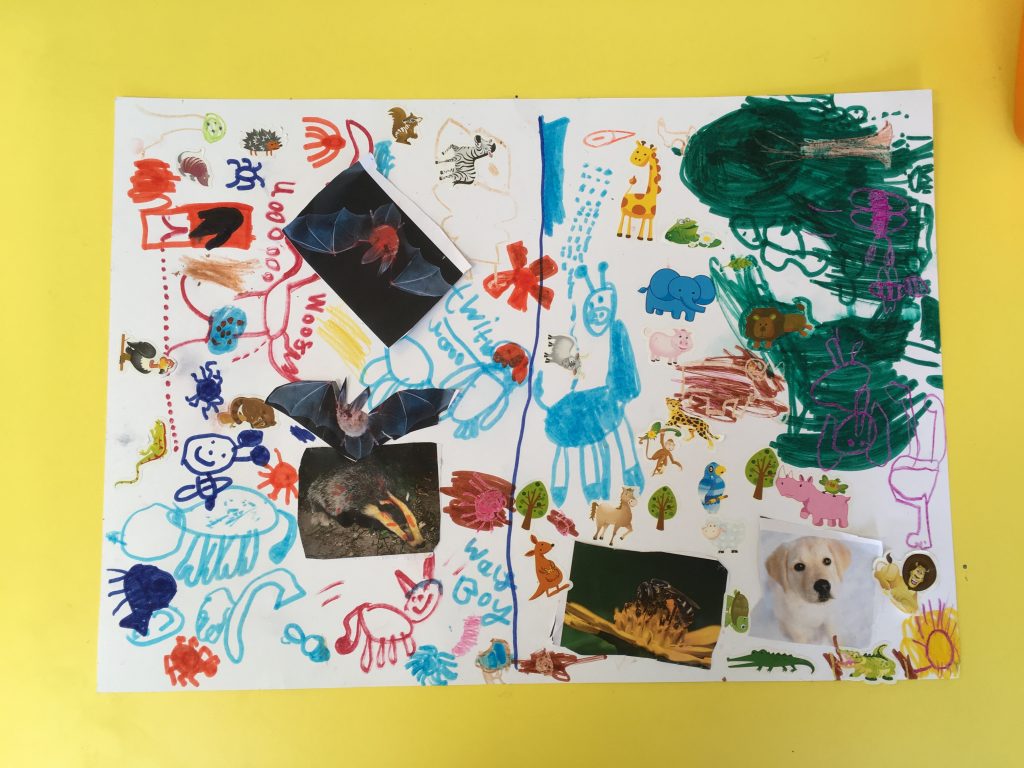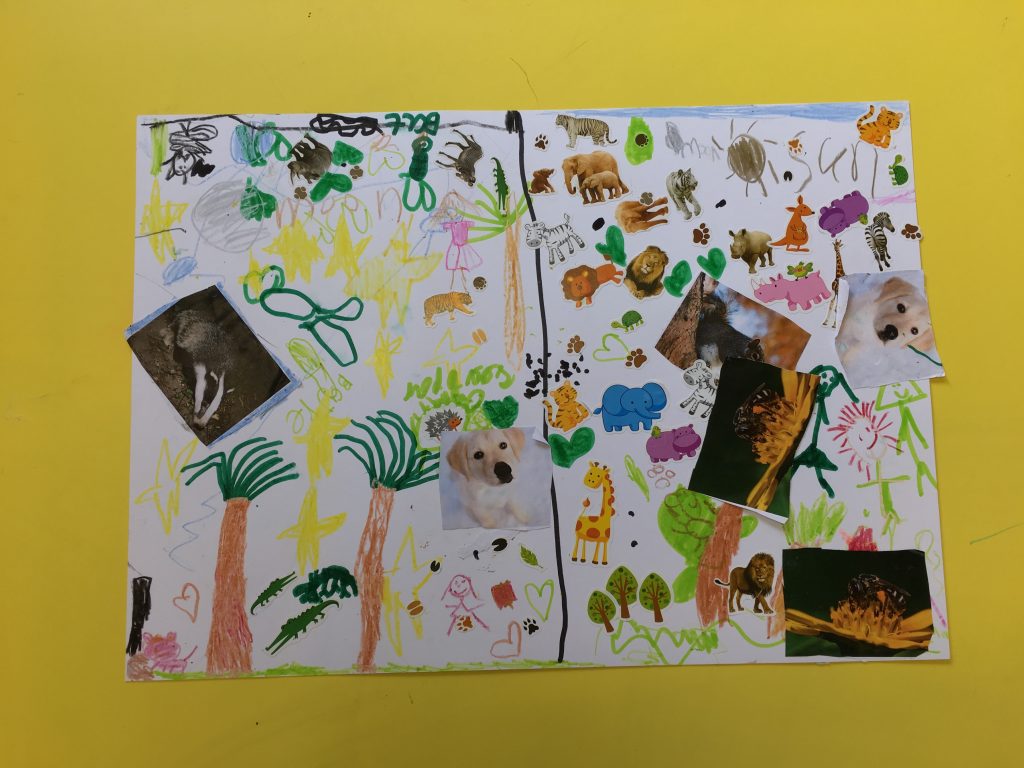Summary | Key concept | Science Story | Background Science | Activity | Curriculum links | Linked Activities
- Suggested Age Range: 5 – 6 years
- UK Primary Curriculum: Key Stage One
- Suggested UK Year Group: Year 1
- UK Primary Curriculum Link: Living things and their habitats – Animals
- Science Subject: Animals
- Science Question: Why do we have day and night? Why do some animals like the day and others like the night?
- Activity type: individual or small group
- Suggested linked stories: Why we have both Day and Night; Bat Steals the Moon
Brief summary: In this activity students will explore the differences between day and night on the Earth by comparing nocturnal and diurnal animals. They will investigate how day and night occur on the Earth using a simple model, and see how people and animals living in different parts of the planet experience different times of the day.
Key concept: Some animals are adapted to live in the dark while others prefer daylight. Day and night are caused by the rotation of the Earth.
Key words: day, night, spin, axis
Safety note: It must be stressed that you must NEVER look directly at the Sunas this can permanently damage your eyes. It is perfectly safe to look directly at the Moon.
The Science Story:
Have you ever noticed that it’s always daytime when the Sun is in the sky? Do you know where the Sun goes at night?
We live on a planet called the Earth, it looks a bit like this (show a model of the Earth). Right now it is daytime here, the Sun is in the sky and the sky is bright. At night the Sun goes away, the sky is dark, and people go to sleep.
Not all animals sleep at night though, can you think of any animals that are awake at night? (Bats, owls, hedgehogs, etc.)
When it is night time here, people are asleep, and bats are awake; when the Sun comes up in the morning, the bats go to sleep and the people wake up. The Earth spins, like this (spin the Earth).
We are here (put a marker on the ball at your approximate location). Imagine your best friend goes on holiday to the other side of the Earth (put another marker on the Earth opposite the first marker, name the country where the marker is located). Right now, it is daytime here, the Sun is in the sky (turn on the lamp and shine it at the Earth on the side with the first marker).
If you phone your friend, will they be awake or asleep?
They will be asleep (and probably quite cross to be woken up in the middle of the night by the telephone!) because it is dark where they are.
Which animals are awake here? Are bats awake?
No, the bats are asleep because they like to hunt in the dark.
What about where your friend is, is it daytime there?
No, because they cannot see the Sun.
So which animals are awake where they live? Are the bats awake?
Yes, the bats are awake, and the people are asleep.
But what happens in twelve hours, when it is night here? (Spin the ball on its axis so that the situation is reversed.)
Now it is night time here, so the bats wake up and the people go to sleep.
What about where your friend lives, is it day or night?
It is day time and the bats have gone back to sleep.
The Science: Day and night on the Earth are due to the apparent motion of the Sun across the sky, caused by the rotation (spin) of the Earth on its axis. The Earth spins on its axis, and at the same time it revolves (orbits) the Sun. When you are on the side of the Earth facing the Sun it is daytime, and when you are on the side facing away from the Sun it is night.
The Earth spins on its axis once every 24 hours, causing our “day” to be 24 hours in length. The fact that the Earth is spherical means that as the Earth rotates, the side facing the Sun experiences daytime whilst the side facing away from the Sun experiences night. At 12-noon the Sun appears at its highest in the sky, by midnight (12 hours later) the Earth has spun by half a rotation and you are now in the Earth’s shadow and experience night. The axis of the Earth is tilted at an angle of 23.5oto the plane of the solar system, like a spinning top spinning at an angle to the table.
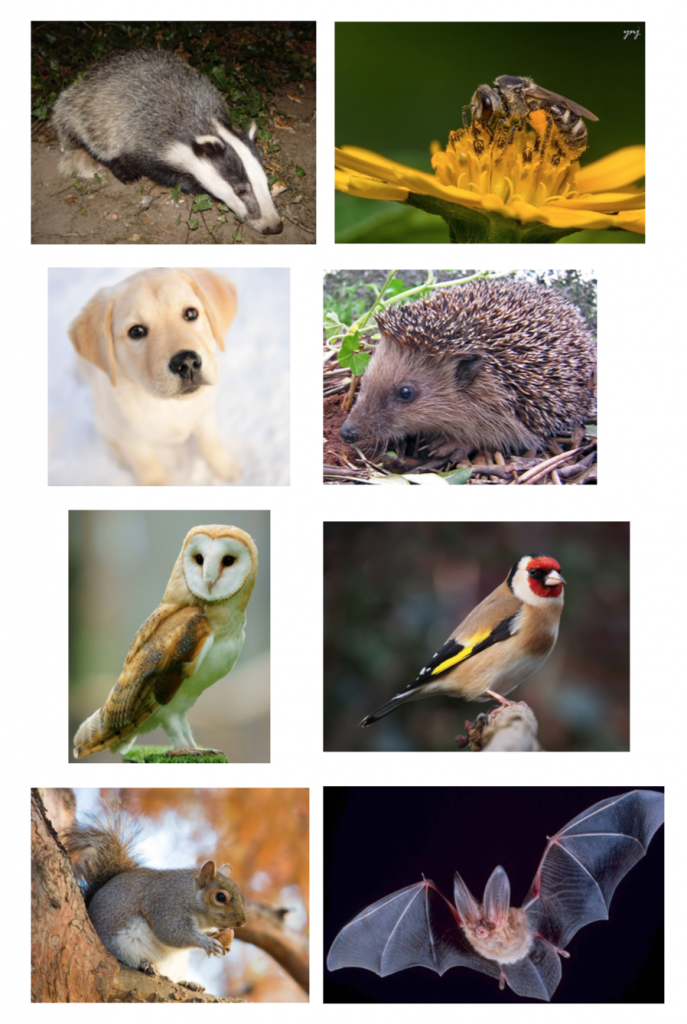
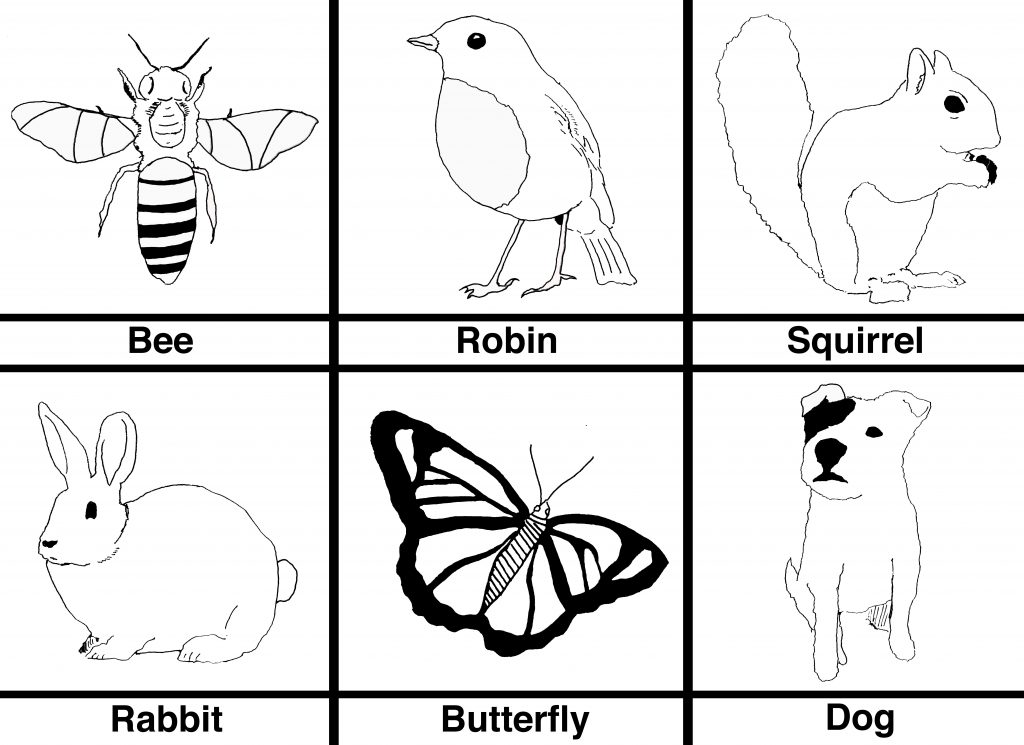
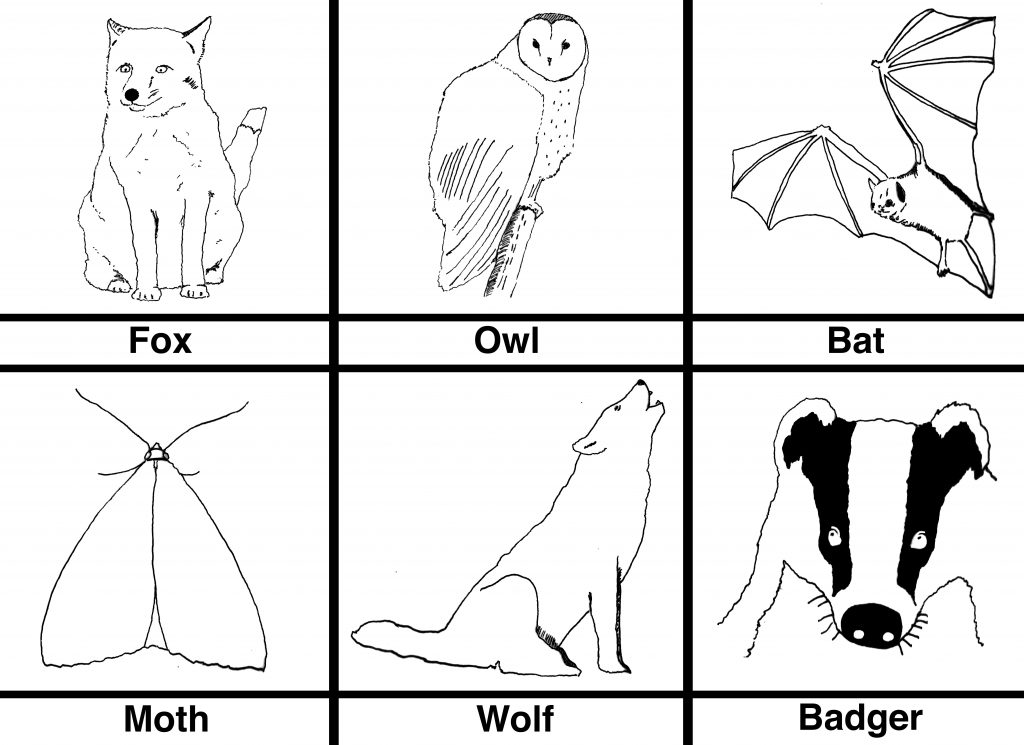
The activity: In this activity students will think about different animals and whether those animals are normally awake only during the daytime, only during the night-time, or can be seen at any time of day. This can be run as a small group activity with the students working together to design their zoo, or students can each create their own zoo.
Props required:
- Images of various nocturnal/diurnal animals (see above).
- Wall chart: large sheet of paper with a line down the middle to split the area into “day” and “night” animals.
- In this activity you are going to be a zoo keeper. Your job is to make sure you know when your animals are awake so that you know when to feed them!
- Look at the pictures of the different animals. Can you name them?
- With your friends (who are also zoo keepers), think about whether each animal is awake during the daytime.
- Which animals are awake only at night?
- Are there any animals that are awake during both day and night?
- When you have decided which animals are “day animals”, and which are “night animals”, stick each image on your group’s wall chart.
- Draw other animals that you know and put them in your zoo.
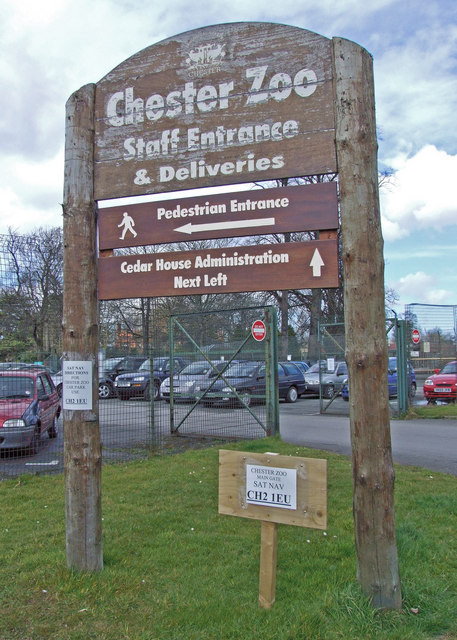
Extension: Once the groups have completed their wall charts, the whole class can come together to place animal stickers on a large model Earth (an inflatable Earth, or even just a beach ball), which can then be illuminated by a lamp and turned on its axis so that each animal has day/night. This helps the students see how the Earth spins and gives us day and night.
Above are some example zoos created by groups of Year 1 students at Whitchurch Primary School.
Common misconceptions:
- The Sun turns off at night – the Sun is still shining, but we can’t see it because we are in the shadow of the Earth.
- The Moon is only in the sky at night – the Moon is in the night sky sometimes, but it can also appear in the daytime sky.
- When it is night in the UK it is also night in Australia – this is not the case because the Earth is a ball.
- The Earth spins on its axis once in 24 hours, this gives us day and night. Note that spin, turn and rotate are all synonyms in this context.
- The Earth orbits the Sun every 365.25 days, this gives us a year, and leads to the seasons. Note that the words orbit and revolve are synonyms in this context.
Curriculum links:
- Science KS1: Living things and their habitats – animals and their habitats
- Geography KS1: locational knowledge – continents and oceans
Use with other years: This can be used with Year 5 to explore Day and Night in more depth. They could take the activity further by exploring the topic themselves, using secondary sources to investigate other animals that are diurnal/nocturnal and finding out more about them. They could also use the information they discover to create a set of cards for a classification game for use with a younger group, bringing in research skills, expanding their knowledge of animals and vocabulary, and using their creativity.
Linked activities:
Compare diurnal and nocturnal animals and experiment with day and night – astroEDU
https://astroedu.iau.org/en/activities/1605/day-and-night-in-the-world/
Day and night plates, an activity using paper plates to show how the Earth spins – UNAWE
https://www.unawe.org/activity/eu-unawe1301/
Copyright: Megan Argo 2019

